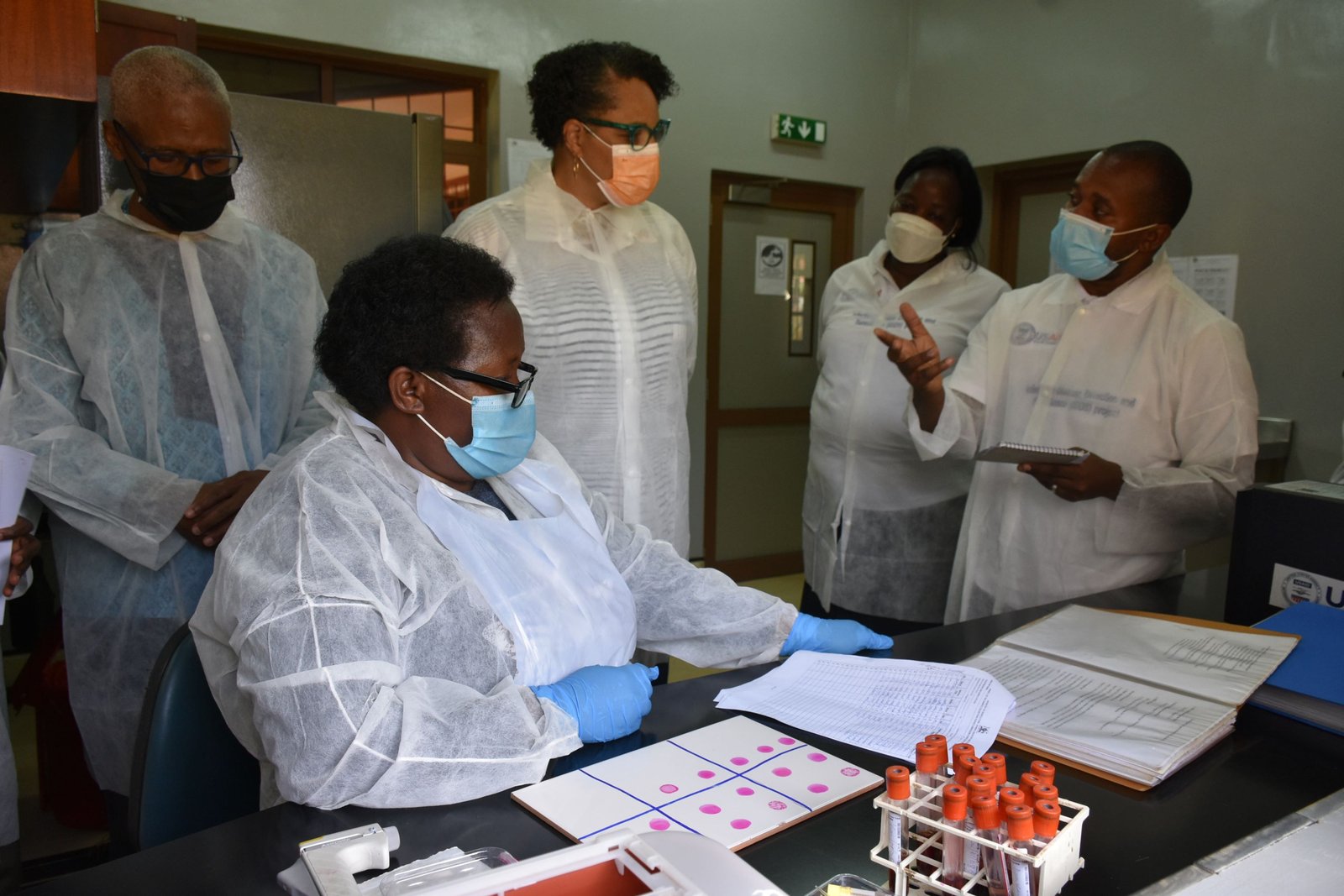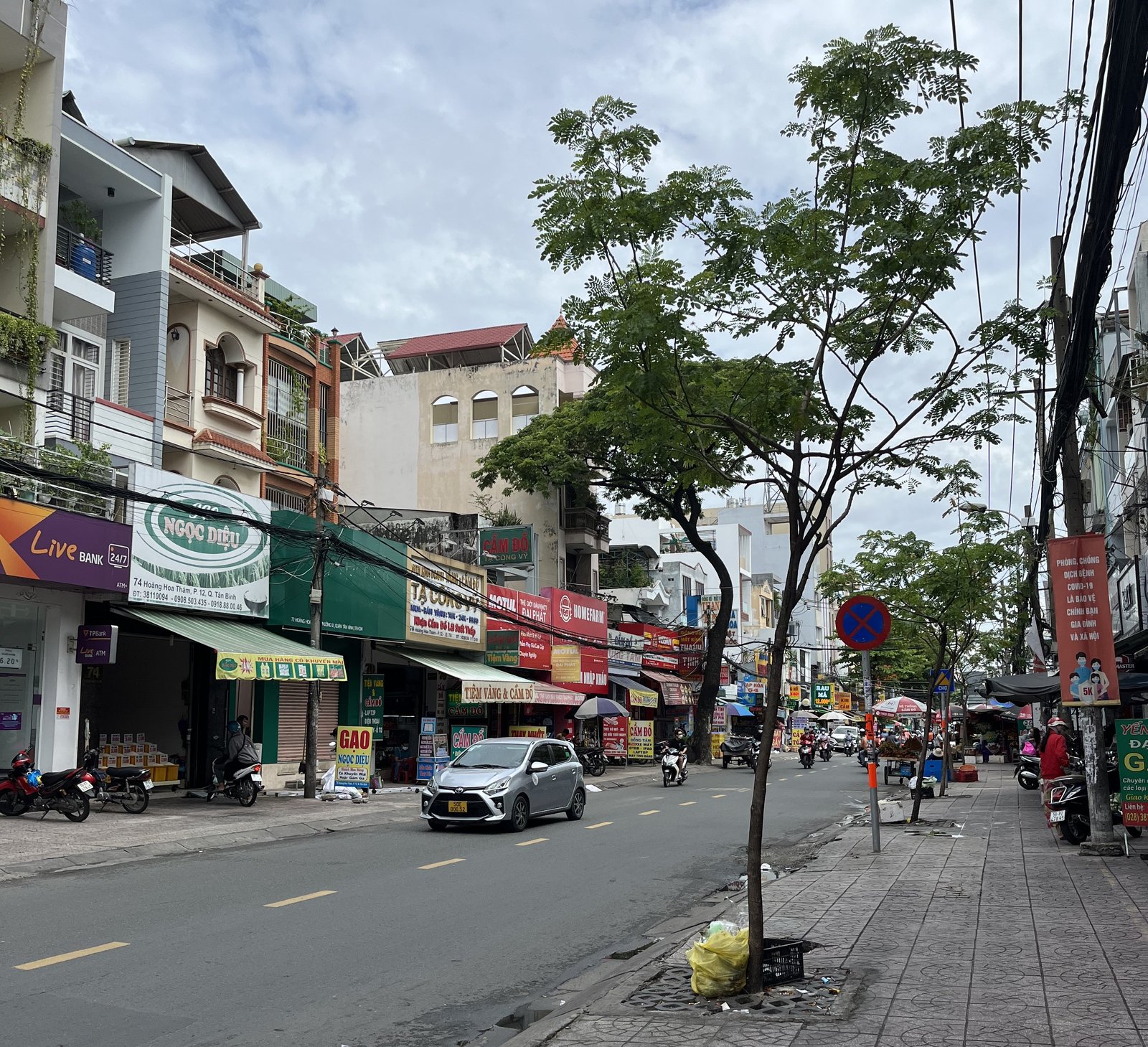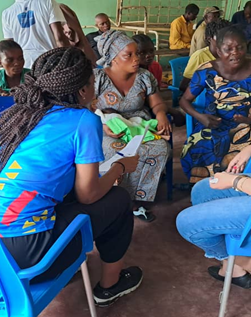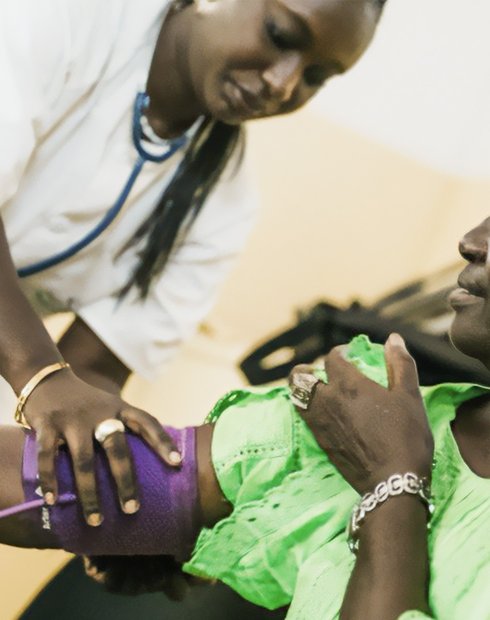A disease outbreak in animal populations can quickly spill over to humans. Rising temperatures and shrinking habitats are shifting where and how pathogens spread. The health of people, animals, and the environment has never been more connected.
From preventing zoonotic disease outbreaks to tackling antimicrobial resistance, collective action is essential to combat rising challenges. PATH fosters cross-sector collaboration, bringing together ministries of health, civil society, and stakeholders from local communities and the agricultural and environmental sectors to detect health threats early, strengthen national resilience, and keep communities safe.
Detecting disease, no matter the source
Surveillance systems and diagnostic laboratories often use similar approaches for human and animal health. As such, more can be done to leverage the technical capabilities across sectors for improving detection and response capacities for emerging zoonotic diseases.
Through the US Agency for International Development-funded Infectious Disease Detection and Surveillance project, PATH worked alongside the Ugandan government to strengthen the capacity of veterinary laboratories to meet global certification standards for laboratory quality management systems. Ultimately, the goal was to improve the detection of zoonotic diseases within animal populations.
The project leveraged technical capacity and trainers from the human health sector, working alongside animal health experts, to develop and implement improvements in laboratory quality management systems, deploy on-site mentorship, and support hands-on training at selected animal health facilities.
As a result, Uganda achieved international accreditation for a wildlife-focused veterinary laboratory, leading to improved detection of zoonotic diseases among animal populations.

The Infectious Disease Detection and Surveillance team hosted Natalie E. Brown, US Ambassador to Uganda, to visit one of the IDDS-supported regional animal health laboratories in 2022. Photo: PATH/Derrick Mimbe.
Linking data to strengthen early warning systems
Climate change is reshaping the landscape of disease transmission, altering habitats, expanding the reach of disease-carrying vectors, and creating new opportunities for infectious diseases to spill over from wildlife to humans and livestock. To meet these evolving risks, PATH is helping countries connect and enhance existing data platforms across sectors and borders.
In Vietnam, PATH is working with government partners to integrate satellite-derived climate data such as precipitation and temperature, into disease prediction models. Using machine learning, these models can identify areas most at risk for vector-borne diseases like malaria, enabling local authorities to target interventions before outbreaks occur.
Similarly, PATH supports national emergency operations centers to use climate and environmental data to guide preparedness planning and anticipate disease surges.
By linking surveillance systems across human, animal, and environmental sectors, countries are better equipped to detect climate health threats early and mount timely, coordinated responses.

Vietnam is highly vulnerable to the impacts of climate change, leading to more extreme weather events and storms. These changes, coupled with changing habitats, can lead to outbreaks of known and novel diseases. Photo: PATH/Lindsey Shields.
Building sustainable solutions
One Health is a collaborative approach that unites experts from human health, veterinary medicine, agriculture, and environmental science. By sharing knowledge, data, and resources, countries can detect health threats early, prevent outbreaks, and respond more effectively when crises arise. But these responses require engagement and buy-in from multiple government ministries.
To facilitate national multi-sectoral cooperation, PATH recently developed an approach for evaluating a country’s capacity to operationalize One Health through governance, interoperable data systems, and connected surveillance and laboratory systems.
In partnership with the Royal Government of Cambodia and KfW, this approach helped to identify priority investment areas to strengthen One Health in Cambodia.
Bringing diverse expertise together proves that One Health works best when sectors unite, protecting the people, animals, and the environment they share while building stronger, more resilient systems for the future.
A healthier future through collaboration
Multisectoral collaboration strengthens national health systems and makes them more resilient in the face of emerging threats, whether through improvements to disease detection capacities, integrating surveillance systems, or building governance structures to support One Health.
Collaborative efforts can promote efficiency, reduce duplication, and ensure that prevention and response strategies are synchronized.
As PATH and our partners continue to support One Health initiatives globally, the lessons are clear: breaking down silos, investing in shared infrastructure, and fostering cross-disciplinary teamwork are key.
Together, we can build a future where the health of people, animals, and the planet is protected through smarter, collaborative action.



